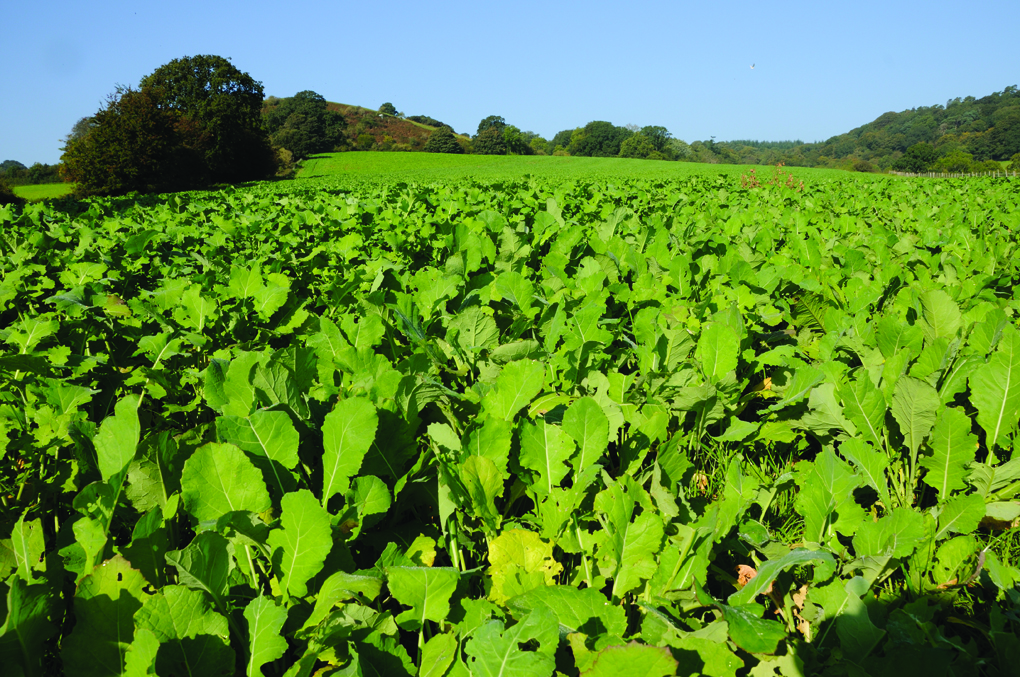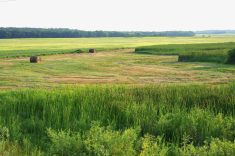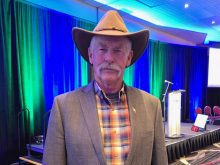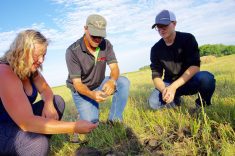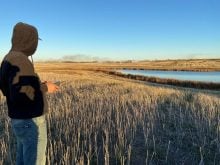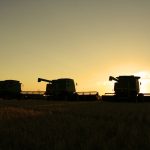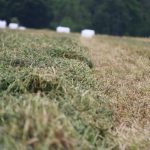A kale-ryegrass combination offers grazers extended grazing opportunities in the fall and a summertime forage option, too
Grazers growing kale for forage will soon see how the crop handles an Alberta winter.
“It’s supposed to handle the cold really well and still stand. We got -10 here the other day and heavy frost, and she’s still going,” said Crossfield-area grazer Graeme Finn at the recent Foothills Forage and Grazing Association crop tour.
Finn has grown brassicas in his native Australia, and he’s keen to know if kale, a member of that plant family, grown with a ryegrass for forage will work in Alberta’s climate.
Read Also
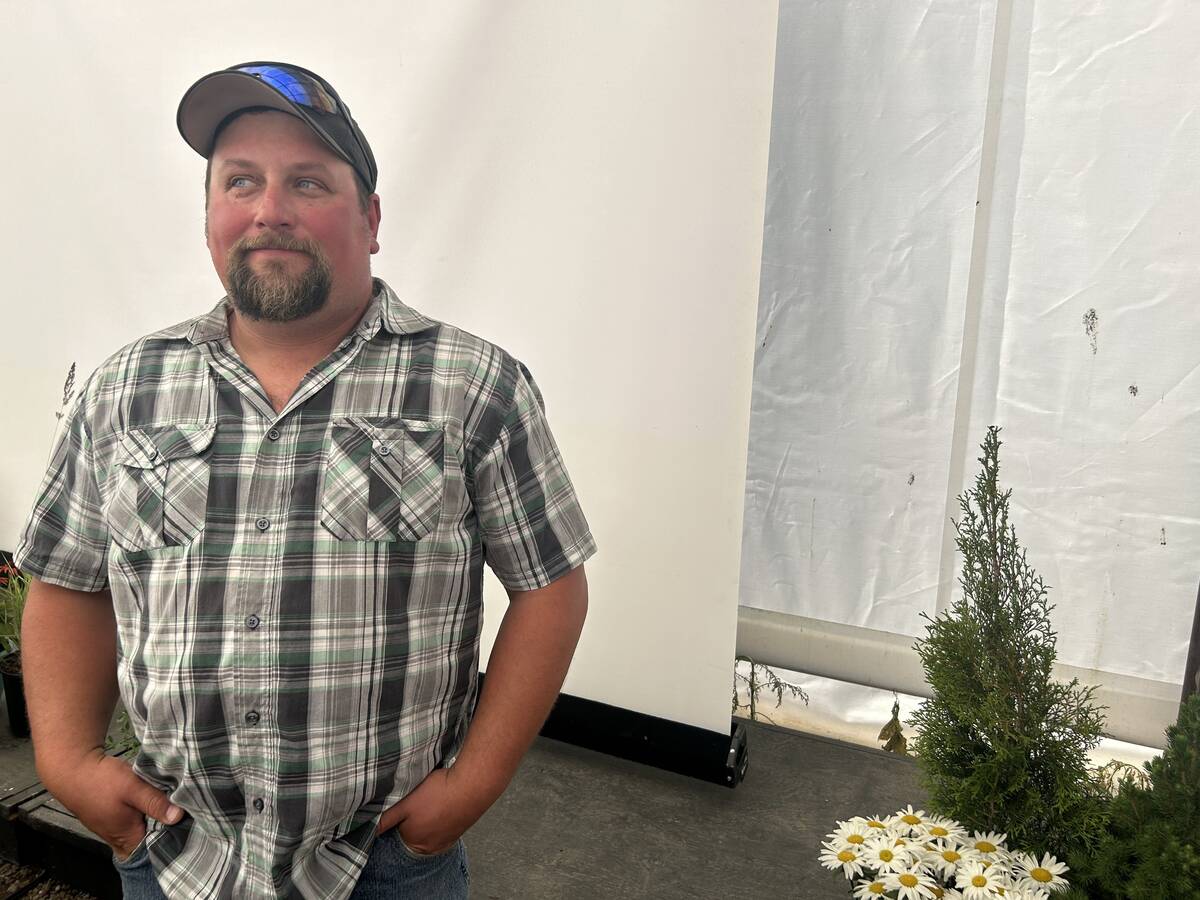
Three paths of rengerative agriculture
From integrating livestock to grassland financial incentives to precision grazing, Canadian farmers are searching for practical paths to marry farm resilience with profit
“It hasn’t got a lot of bulk, but it’s got huge feed value,” he said. “This would work really well for rotational grazing.” Brassica crops were used in a number of feeding trials in the 1980s, said Grant Lastiwka, an Alberta Agriculture livestock/forage business specialist. At the time, they weren’t able to compete with the higher-yielding cereals that were available, but the results may be different this time around, he said.
“We’re looking at it again with some new cultivars and a little bit of a fresh face to see where it fits into our industry,” said Lastiwka.
One of the benefits of a brassica grown with a ryegrass is the extended grazing opportunity, as both maintain their quality and continue to grow late into the fall. The mix has 16 per cent crude protein and high energy levels.
“What we’re seeing there in that combination is truly a nice fit for calves to really give them some excellent fall performance when they’re off their mothers and to help keep the costs down as we graze them later into the fall,” Lastiwka said.
And because kale will regrow, it offers grazers a summertime forage option as well. In his trial, Finn seeded in mid-June to see how the kale will overwinter, but had he seeded in May, he might have been able to get two or three grazings out of it over the summer, according to Lastiwka.
“Grazing earlier in the year could have been a good opportunity to have a high-quality forage in the middle of the summer and then have it regrow so that we can get more grazing days out of it in the late fall, when its quality truly is a resource that other forages don’t have as much of,” said Lastiwka.
Overwintering in the plants could be “problematic,” said PGG Seeds agronomist John Snider, who is conducting trials of some brassica genetics in Alberta.
“These are temperate plants, but I wouldn’t have brought them up here if I didn’t think they had a chance.”


